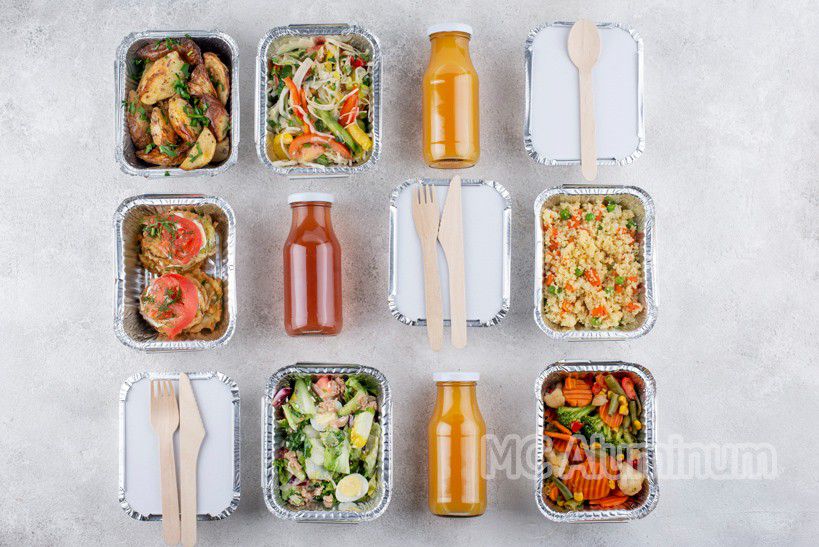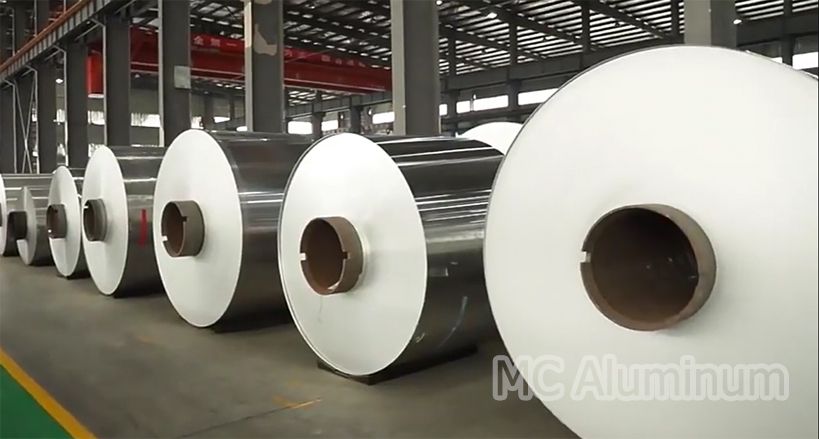The answer is undoubtedly safe.

Nowadays, with the development of the times, in order to comply with international environmental protection policies, takeaway lunch boxes are usually made of food-grade aluminum foil. Aluminum foil is directly compressed into thin sheets using metallic aluminum. According to the national standard "Refined Aluminum Foil", toxic elements in aluminum foil should meet the following regulations: lead: no more than 0.01%, cadmium: no more than 0.01%, arsenic: no more than 0.01%. Aluminum foil paper is widely used for packaging barbecue, food, etc.
Aluminum is a very active metal. It is easily oxidized by oxygen in the air at normal temperatures and pressures to form aluminum oxide. Aluminum oxide is a dense protective film that can prevent some substances from further corroding aluminum. Moreover, aluminum foil lunch boxes are coated and will not react chemically in the air, so they will not produce toxic substances and can be used with confidence. But something to note is that acidic food should not be stored in aluminum foil containers, as it will destroy the oxide layer on the surface and accelerate corrosion.
Aluminum foil lunch boxes are usually made of 8011 aluminum alloy or 3003 aluminum alloy, and there are two types: plain foil and coated foil.

Food grade aluminum foil for lunch boxes:
1. High temperature resistance, easy to heat
2. Non-toxic, tasteless, safe and hygienic
3. Green, environmentally friendly and recyclable
4. Easy to form and seal
5. It has strong barrier properties and can protect the original flavor of food after sealing and extend the shelf life of food.
6. Moisture-proof, anti-fouling and corrosion-resistant
7. Beautiful appearance, unique patterns and brand logos can be printed.
In the context of people's increasing attention to environmental protection, this kind of lunch boxes has developed rapidly in recent years, and many companies have begun to seize the market, with bright future prospects.
